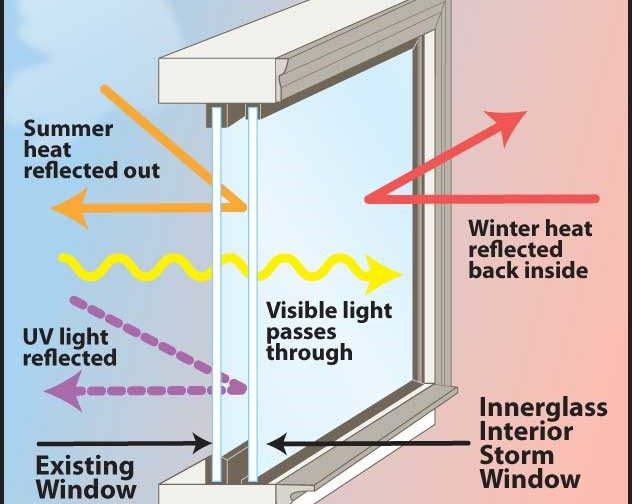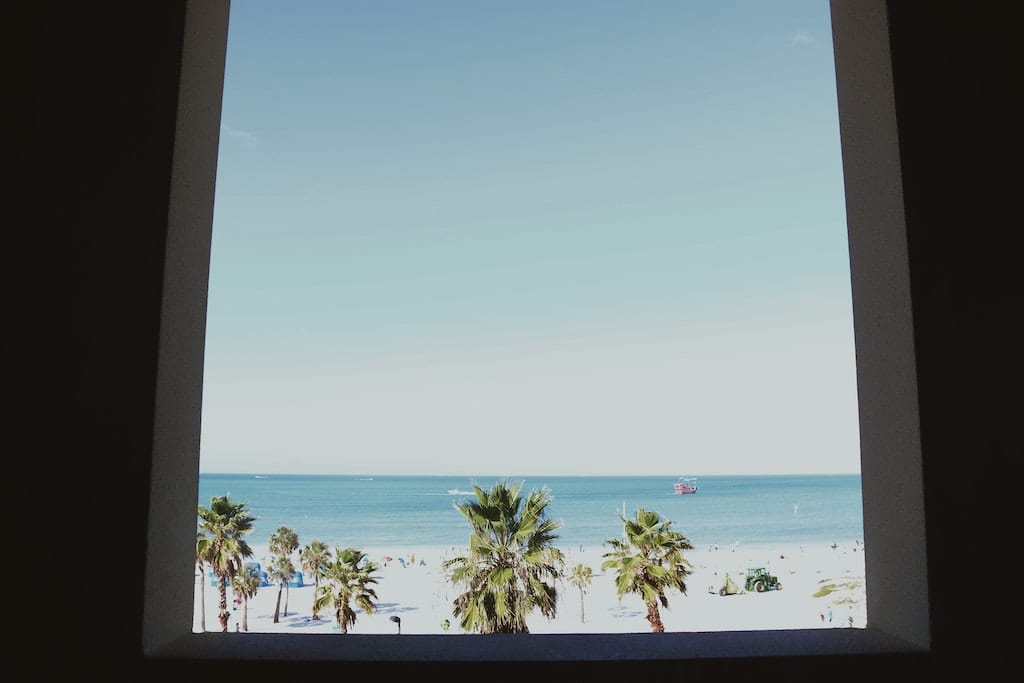All Categories
Featured
Table of Contents
Home Window Glazing - Sustainability Victoria in Warwick Perth
That window can transmit more solar heat in winter than in summer season. A west-facing window on a summer season's afternoon has an angle of occurrence from near 0 up to 30 with a big reliable location of solar radiation. A north-facing window, in summer season, has a high angle of occurrence and a low efficient location of solar radiation, so can transfer less heat than a west-facing one.

You can quickly and quickly enhance the thermal efficiency of your house by changing your windows. This is one of the most efficient methods of remodelling to accomplish improved thermal convenience. There are countless kinds of glass and frames to select from. Picking the right ones is essential to improving the energy effectiveness of your house.
Techniques For Double Glazing Windows in Walliston WA
There are several types of glass items to pick from. Single glazing utilizes a single pane of glass. Single glazing with clear glass is not extremely effective when it concerns heat loss or gain. To enhance efficiency, you can use single glazing with a more energy-efficient type of glass such as low emissivity (low-e) glass.
Numerous layers can be assembled with sealed cavities in between each sheet of glass. IGUs generally use better energy efficiency than single glazing, due to the fact that they send less energy. However, the energy performance of IGUs also depends on: the residential or commercial properties of each layer of glass. Different glass types (for instance, clear and low-e glass) can be created in an IGU.
Why Install Stunning Double Glazing Windows During Summer? in Bassendean WA

IGU cavities can be filled with air or a more inert, low-conductivity gas such as argon the width of the cavity. Larger cavities supply lower (much better) U worths, with 12mm normally accepted as the favored space how well the cavity is sealed.
If argon is installed to the cavity in location of air, wetness is reliably excluded the level of desiccant (drying representative). The spacer (metal or polymer strip) that separates the glass layers includes a desiccant to absorb any moisture. Insufficient desiccant might trigger moisture to condense on the glass surface in cold conditions, minimizing thermal efficiency.
Keeping Your House Cool In The Summer in Daglish WA
In fact, IGUs can provide better energy efficiency for all climates, particularly in heated and air-conditioned houses. Cross-section information of single, double and triple-glazing units Low emissivity glass (commonly called low-e glass) reduces heat transfer. Low-e glass may be either high or low transmission: High transmission low-e glass has a coating that permits daylight from the sun to enter the house to attain excellent solar heat gain, but lowers the quantity of the long wavelength infrared heat that can get away back through the window.
Low-e glass has either a pyrolytic coating or a vacuum-deposited thin movie metal covering. Pyrolytic coatings are long lasting and can be utilized for any glazing; vacuum-deposited finishings are soft and are only utilized within IGUs. Low-e coverings can considerably enhance both U value and SHGC; however, they should be used correctly or they will either deteriorate or stop working to perform as required.
Top 10 Tips To Keep Your Home Cool in Martin Western Australia
Low-e coverings can be used in mix with clear, toned or reflective glass. Low-e coverings on glazing can decrease heat transfer where needed Picture: Department of Industry, Science, Energy and Resources Toned glass has actually colouring additives included during manufacture. It is available in different colours, normally bronze, grey, blue and green.
Table of Contents
Latest Posts
Which Type Of Glass Is Best For Energy Efficiency? - A&l Windows in Medina WA
Double Glazing Versus Secondary Glazing in East Victoria Park Western Australia
A Complete Guide To Double Glazed Windows in Kewdale Perth
More
Latest Posts
Which Type Of Glass Is Best For Energy Efficiency? - A&l Windows in Medina WA
Double Glazing Versus Secondary Glazing in East Victoria Park Western Australia
A Complete Guide To Double Glazed Windows in Kewdale Perth